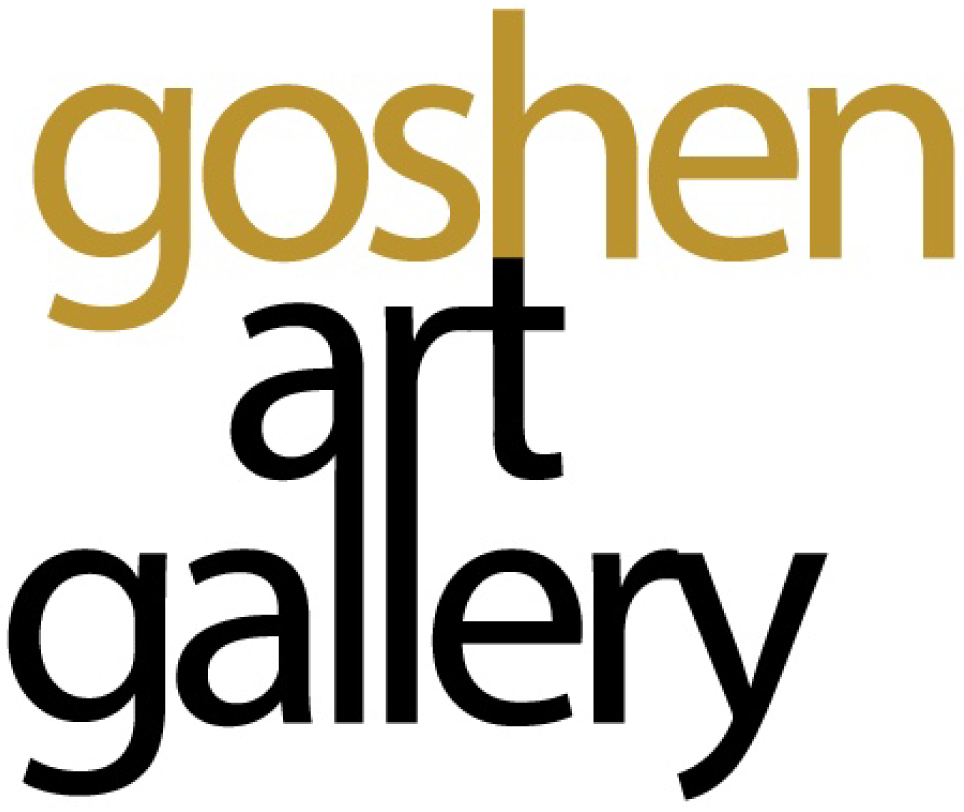The Importance and Relevance of Displaying Asian Art in Museums
Museums have consistently been at the forefront of preserving, interpreting, and showcasing the tapestry of human civilisation. Their role, especially that of European museums, is unparalleled in today's rapidly changing global landscape. European museums, in particular, are not just repositories of artefacts but powerhouses of cultural influence, scholarship, and public engagement. From the Renaissance to the Modern era, and into the contemporary age, these institutions have chronicled the ebb and flow of artistic movements, philosophical thought, and societal evolution. Their significance in art history and the humanities cannot be overstated. They have been instrumental in shaping global artistic narratives, setting benchmarks for scholarship, and fostering a deep appreciation for the myriad forms of human expression. In our digital age, where information is abundant yet fragmented, the role of European museums becomes even more vital. They serve as anchor points, offering cohesive narratives and critical insights into the continuum of human creativity and thought.
Integrating Perspectives for a Balanced View
The confluence of European and Asian art within museum displays symbolises a harmonious blend of diverse perspectives. Such a combination offers visitors a more holistic, nuanced, and balanced view of the world and our place within it. By understanding the intricacies of both worlds, we gain insights into shared challenges, aspirations, and solutions. This mutual appreciation is paramount for fostering global collaboration, empathy, and progress. As our world becomes increasingly interconnected, it is essential that European and Asian narratives interact and intertwine, paving the way for a more inclusive, informed, and harmonious future.
Evolving Needs of Stakeholders
Today's museum stakeholders are not just traditional patrons of the arts. They are globally aware, well-informed, and keen on seeing institutions evolve in line with contemporary needs. They value inclusivity, seek diversity, and appreciate efforts that bridge cultural divides. Recognising the importance of both European and Asian perspectives aligns with their evolving expectations. As stakeholders become more discerning and globally connected, museums must adapt by showcasing a tapestry of artworks that reflect our shared global heritage and the path to a united future.
Cultural Enrichment
Asian art adds a new dimension to the cultural narrative of museums, offering a wide range of aesthetics that invite both enjoyment and scholarly exploration. This infusion of Asian perspectives enhances the richness of the museum's offerings, promoting a broader understanding of global artistic traditions.
Educational Benefits
By including Asian art, museums open up new educational vistas, enabling visitors to appreciate Asia's rich historical and philosophical tapestry. This integration enriches the overall cultural literacy of visitors, bridging gaps in knowledge and fostering an appreciation for the interconnectedness of human civilisations.
Financial Incentives
Diversifying a museum's collection with Asian art can attract a broader audience. It offers the potential for monetising special exhibitions, thereby contributing to the museum's revenue streams. Such inclusivity also appeals to a wider demographic, ensuring sustained visitor engagement.
Stakeholder Advantages
A diverse collection reflects positively on donors, curators, and local businesses. It attracts a wider audience and improves the museum’s financial health. As museums become more inclusive, they not only enrich their displays but also resonate more deeply with a global audience, ensuring their relevance in the modern age.
The Role of Asian Art in Today’s World
In Europe, Asian art assumes a particularly poignant role given the current political, economic, and social climate. Europe’s relationship with Asia is increasingly vital in terms of trade, geopolitics, and cultural exchange. Asian art, in this context, serves as a medium for fostering understanding and dialogue.
Asian Art in Europe: Why It’s Crucial Now
The current global landscape is fraught with tensions, be it political strife or economic uncertainties. Asian art provides an avenue for cross-cultural understanding, helping to foster relationships that are particularly critical in these challenging times. The art serves not just as a reflection of aesthetic values but also as a mirror to societal nuances, creating a rich tapestry that fosters global cohesion.
Unique Value of Asian Artists
Asian artists offer fresh perspectives and innovative methodologies, contributing a unique lens through which to explore universal themes and issues.
Current Trends in Asian Art
Recent trends in Asian art include a focus on social commentary, the use of digital mediums, and interdisciplinary approaches. These trends are significant for museums as they offer an opportunity to engage audiences in dialogues that are directly relevant to today's world.
The inclusion of Asian art into European museum collections is not a mere addition but a necessity. It serves to deepen cultural understanding, foster global unity, and ensure museums remain relevant in our ever-evolving world. As we navigate the complexities of the 21st century, it's imperative for institutions like museums to lead the way, showcasing the intertwined narratives of Europe and Asia. Together, they can inspire a brighter, more inclusive future for all.

